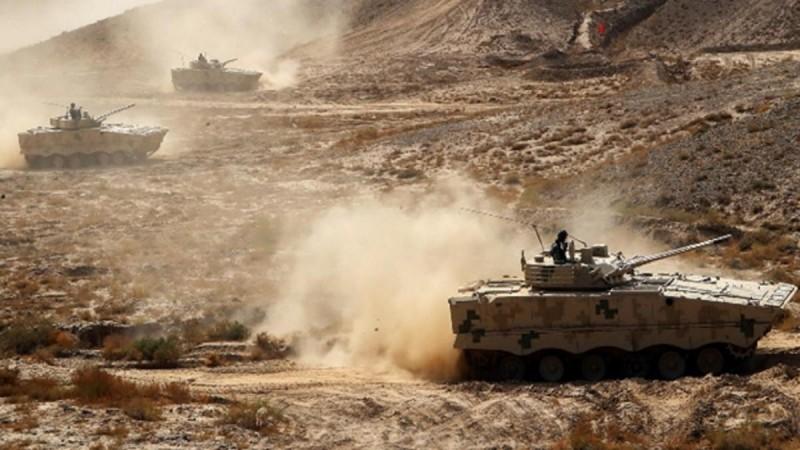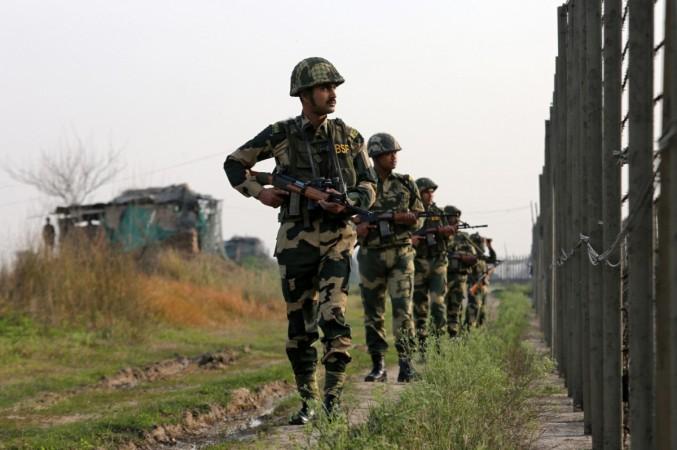Bringing in senior military officials and diplomats on board from India and China for serious talks on June 6 indicates a willingness from both the governments to disengage and perhaps reach an agreement to de-escalate tension off the LAC border sharing with China.
According to official sources, there will be extensive talks held between both senior Indian and Chinese military officials, and proposals will be laid to finally put an end to the month-long bitter standoff and troop confrontation in eastern Ladakh.

In view of the Chinese presence along the LAC border in sizable numbers, as highlighted by Defence Minister Rajnath Singh, the situation in eastern Ladakh is however different from that of the Doklam standoff staged earlier. At LAC in eastern Ladakh region, the problem stems from differences in claims from both sides. The two major areas wherein the Indian and Chinese military are holding standoff in eastern Ladakh are in Pangong Tso and near the Galwan river.
14 Corps Commander Lt Gen Harinder Singh, who was the Director-General Military Intelligence before taking over crucial Ladakh command in 2019, will be accompanied by Lt Gen Joshi, the General Officer Commanding-in-Chief, Northern Command, and other senior military officials for a discussion on June 6. Joshi is visiting the LAC region for second-time after tensions broke out. As per the protocol, both armies are supposed to inform each other about any exercise that is or will be held near the LAC.
The efforts from the Indian military to hold talks with the Chinese army are intended to find an amicable approach to end all ongoing military activity in the contested lines along the LAC, the "grey areas" in particular have seen a heavy military build-up in the past few weeks.
In hopes to break the LAC deadlock: What is the proposal in store?
While several rounds of talks held during the past few weeks by colonels, brigadiers, and generals have failed to break the LAC deadlock, will this serious discussion on June 6 make China retrieve back their steps?

The defence minister confirmed earlier last week that the Chinese People's Liberation Army (PLA) soldiers have "come a little further than they used to earlier" to make the "situation different" this time than the earlier military standoffs. The Indian and Chinese military has been engaging in frequent scuffles and face-offs due to "different perspectives" disputing on the LAC "claim lines" for a long time now. Singh stressed on the need for China to think about this seriously, such that the dispute can be fully resolved by reaching amicable terms.
The Indian side is expected to present specific proposals during the talks to be held on June 6 to de-escalate tension in Pangong Tso, Galwan Valley, and Demchok. No clues or insider specific details on the proposals to be presented by the Indian and Chinese military are divulged yet.
Details on the brewing LAC tension between India and China
Earlier last month, a huge number of Chinese PLA troops intruded into the territory of eastern Ladakh, a move intended to oppose India building link roads and bridges on the northern bank of Pangong Tso and near the Galwan river, after completing the 255km Darbuk-Shyok-Daulat Beg Oldie road providing access to Depsang area and Galwan valley, ending near the Karakoram pass. Claiming the 3,488-km-long LAC stretch in eastern Ladakh has been the reason for the Indian-Chinese military standoff.

More than 5,000 PLA troops well-equipped with artillery guns and armored vehicles amass the Chinese territory along the LAC, and India in its defense and claiming its position across LAC area has deployed Leh-based 3 Infantry Division (each division comprising of 10,000-12,000 soldiers into operational alert areas and several battalions (each of 800 soldiers). The Chinese PLA and the Indian Air Force (IAF) have increased their flying over LAC, with India's Sukhoi and Mirages.
Protrusions identified on the 134 km long stretch on the northern bank of Pangong lake jutting out like a palm, are identified as 'fingers'. The Chinese troops are in the disputed area between Finger 3 and 4. They have dug up a moat-like construction with troops surrounded on all sides to prevent the Indian military from intruding further.
Doklam stand-off in 2017: Decoding the difference
The 73-day Dokalm face-off in June-August 2017 happened because then again, China attempted to extend a road on the Doklam plateau southwards near the Doka La pass. Indian troops moved in to prevent the Chinese from constructing the road. On 18 June 2017, as a part of Operation Juniper, about 270 Indian troops armed with artillery and weapons, two bulldozers crossed the Sikkim border into Doklam to stop the Chinese troops from constructing the road.
While India does not claim Doklam, it acted on behalf of Bhutan, with which the country holds a 'special relationship'. Doklam is an area disputed between China and Bhutan located near their tri-junction with India. On 28 August 2017, both India and China announced that they had withdrawn all their troops from the face-off site in Doklam.








